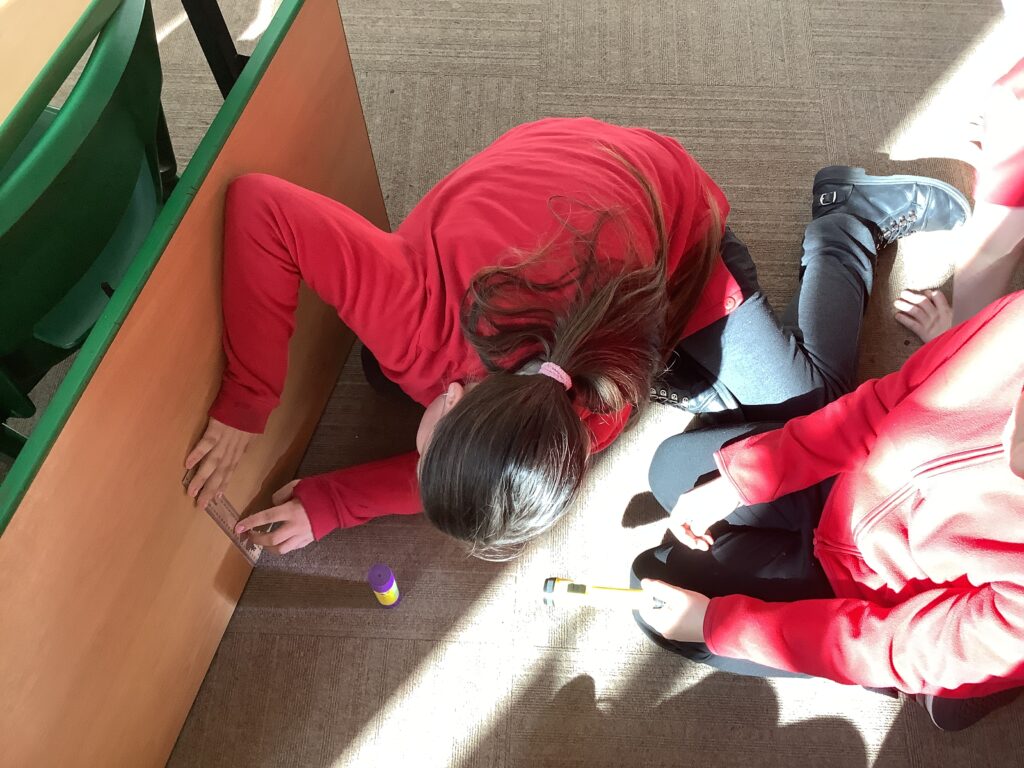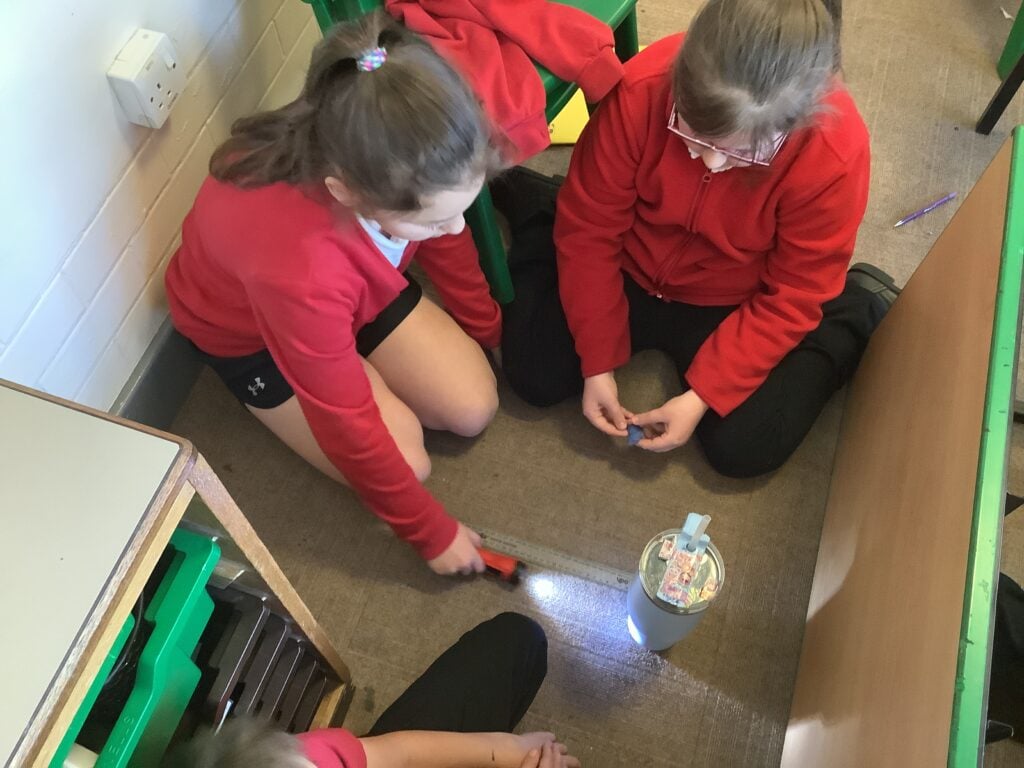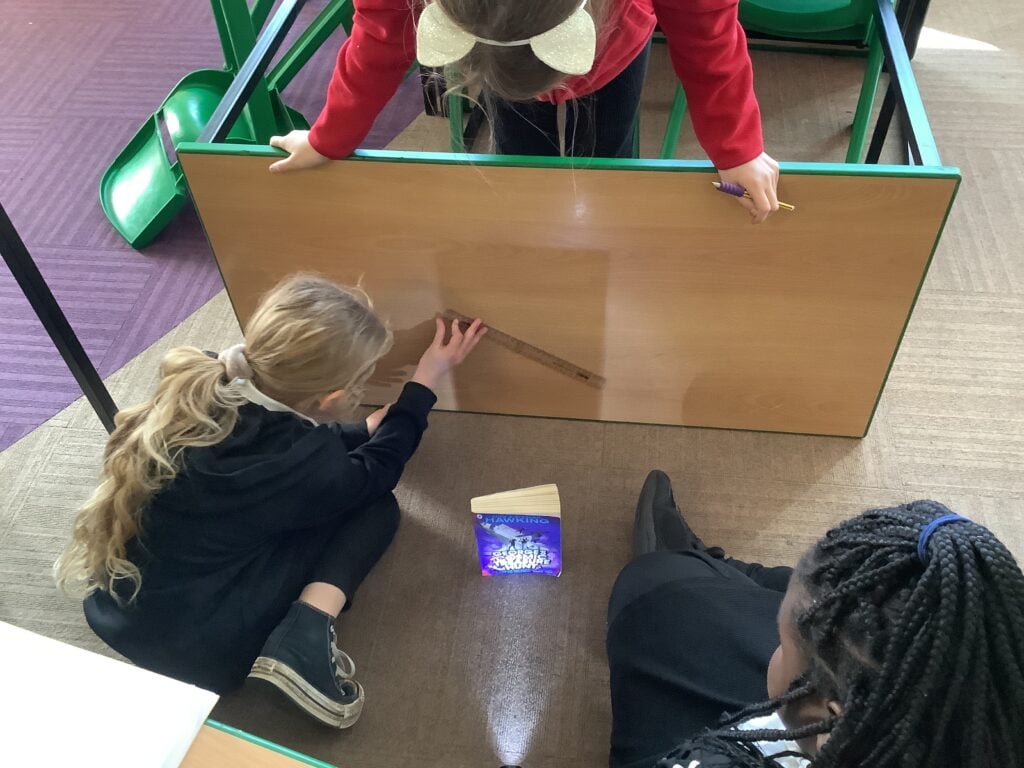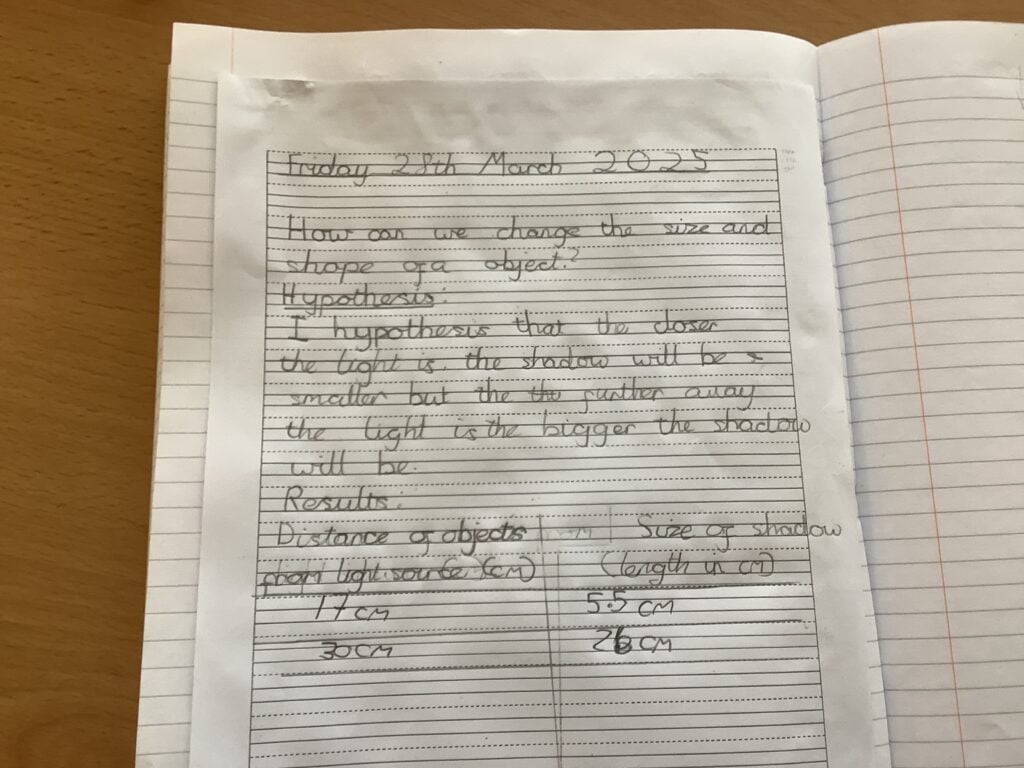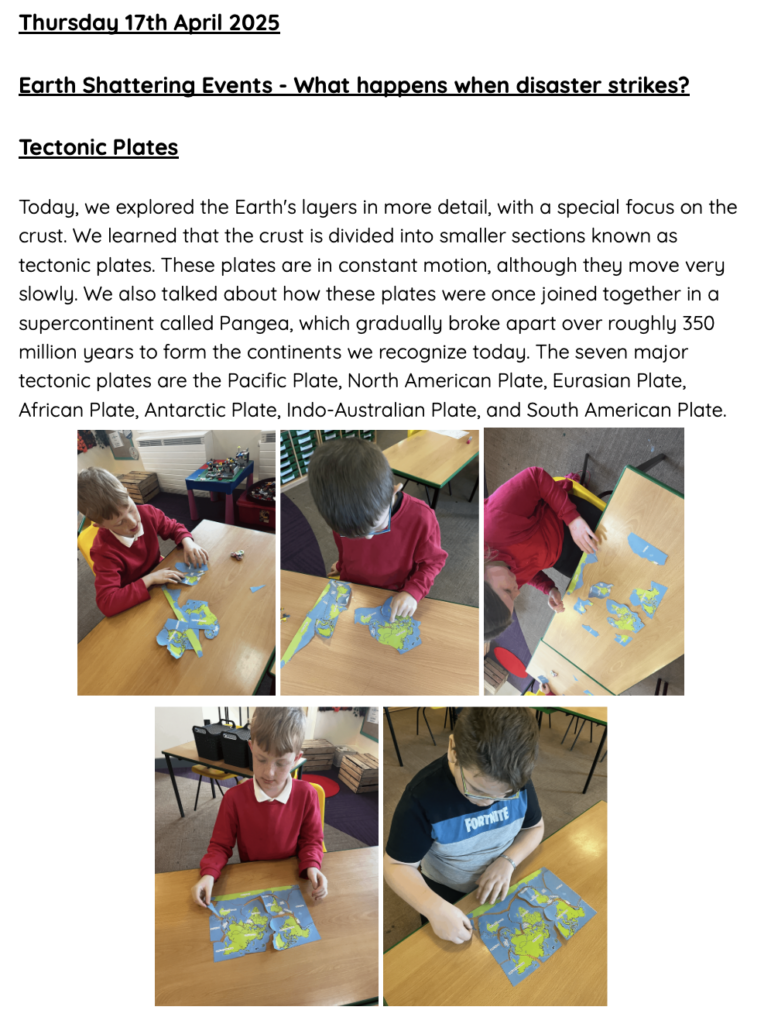
Tectonic Plates


Today, we dived deeper into the layers of the earth and focused on the crust. We discovered that the crust is broken up into smaller pieces called tectonic plates. These tectonic plates are constantly moving but they move very slowly. We discussed how these plates used to be one and this was called Pangea but over around 350 million years it has moved and become what we know today. The 7 major tectonic plates are Pacific Plate, North American Plate, Eurasian Plate, African Plate, Antarctic Plate, Indo-Australian Plate, and South American Plate.
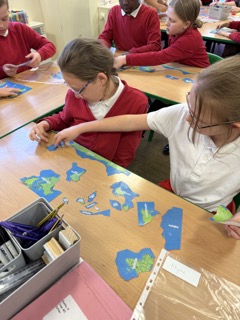
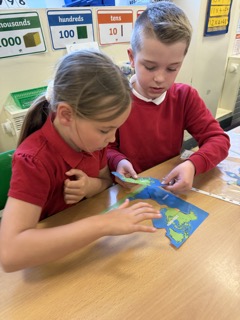
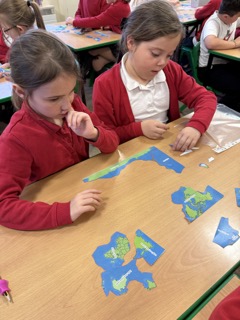
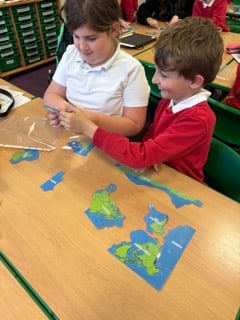
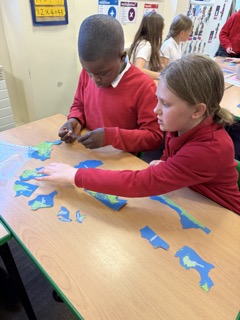
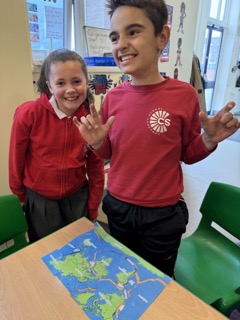
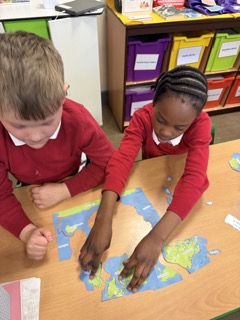
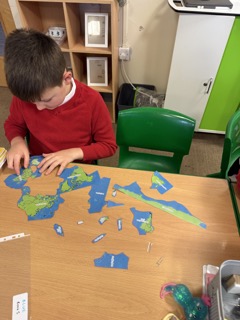
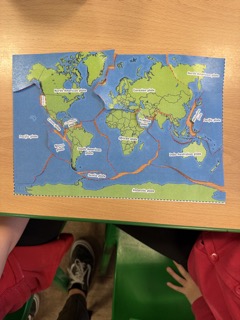
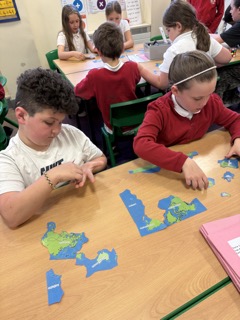
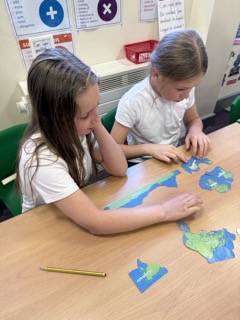
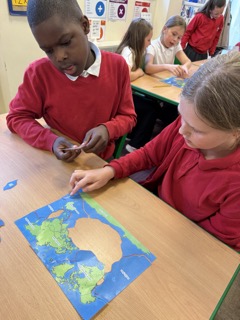
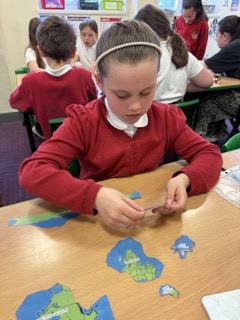
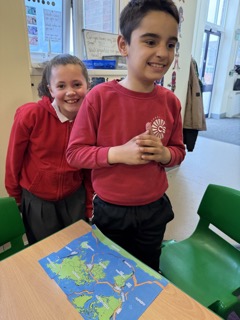
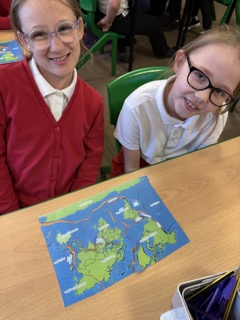
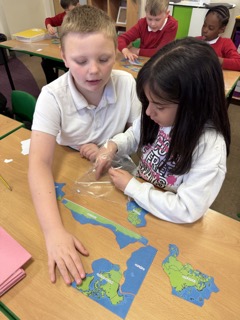
Today, we used soft clay to show the different layers of the earth. We used the different colours to represent the different layers. The yellow represented the inner core, the orange represented the outer core, the red represented the mantle and the blue and green represented the crust. We were amazed when we cut them in half to see the sections.
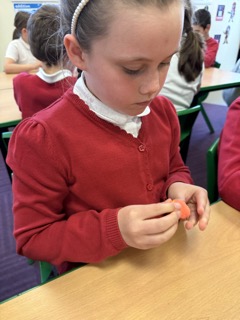
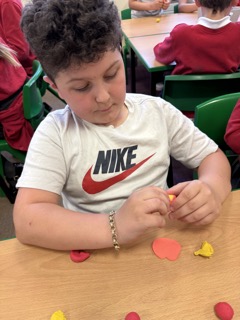
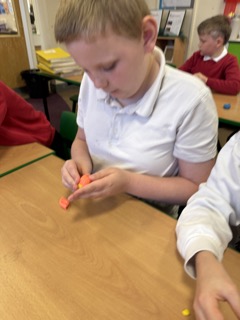
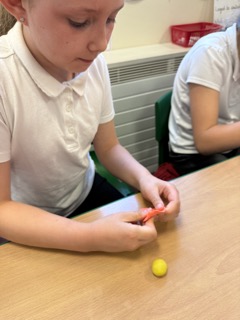
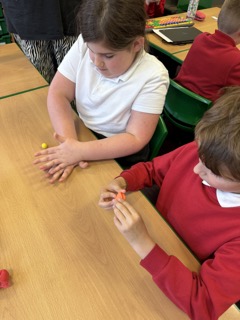
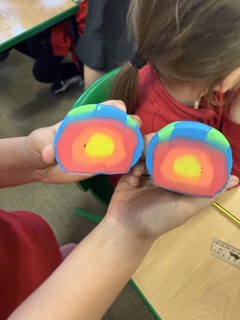
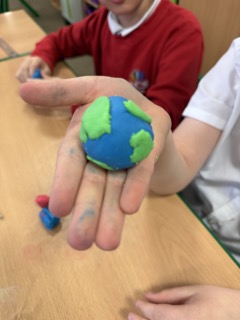
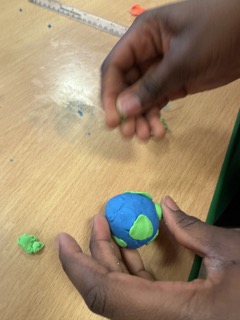
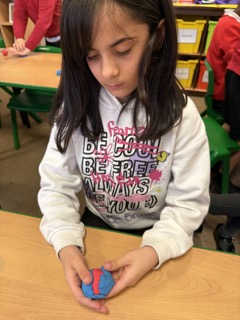
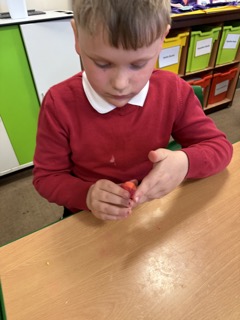
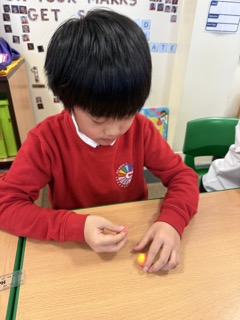
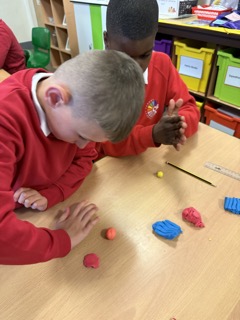
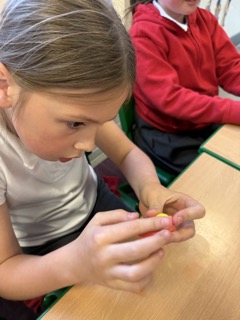
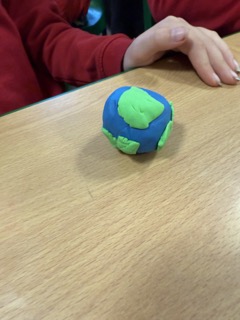
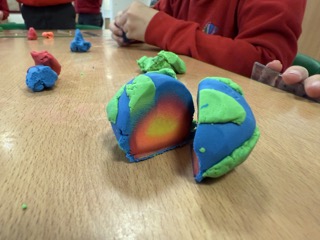
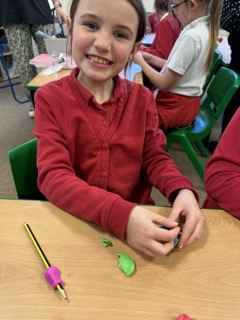
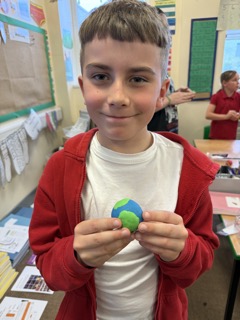
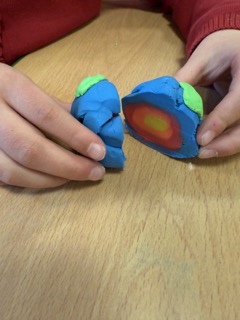
To hook us into our learning, we are going on STRIKE! Today, we have learnt all about the coal mine strikes and the reasonings as to why these took place. We were shocked to find out that 142,000 people actually went on strike when Margaret Thatcher tried to close 20 mines in 1984. Did you know that people who didn’t go on strike were called scabs?! Inspired by what we have learnt, we are planning our own strike! We have decided that the school week should always be a 4 day week and that we shouldn’t have to come to school on Fridays. This afternoon, we have designed and created placards which we are going to use when we go on strike later in the week. Keep your eyes peeled – we may just march past your house!
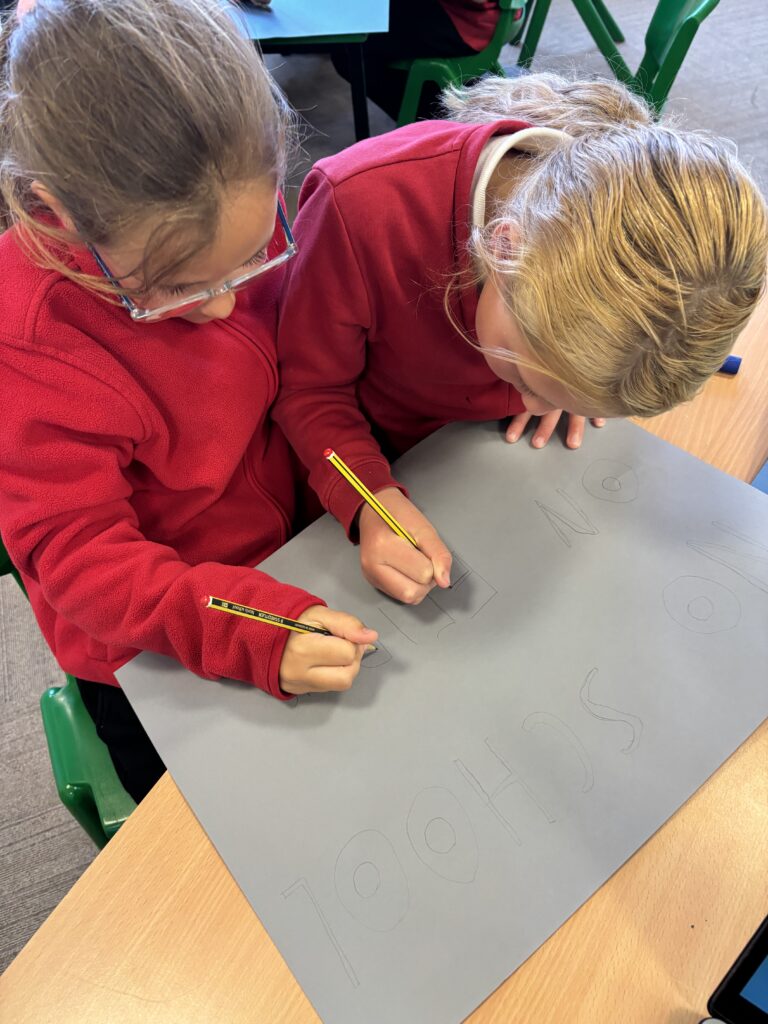
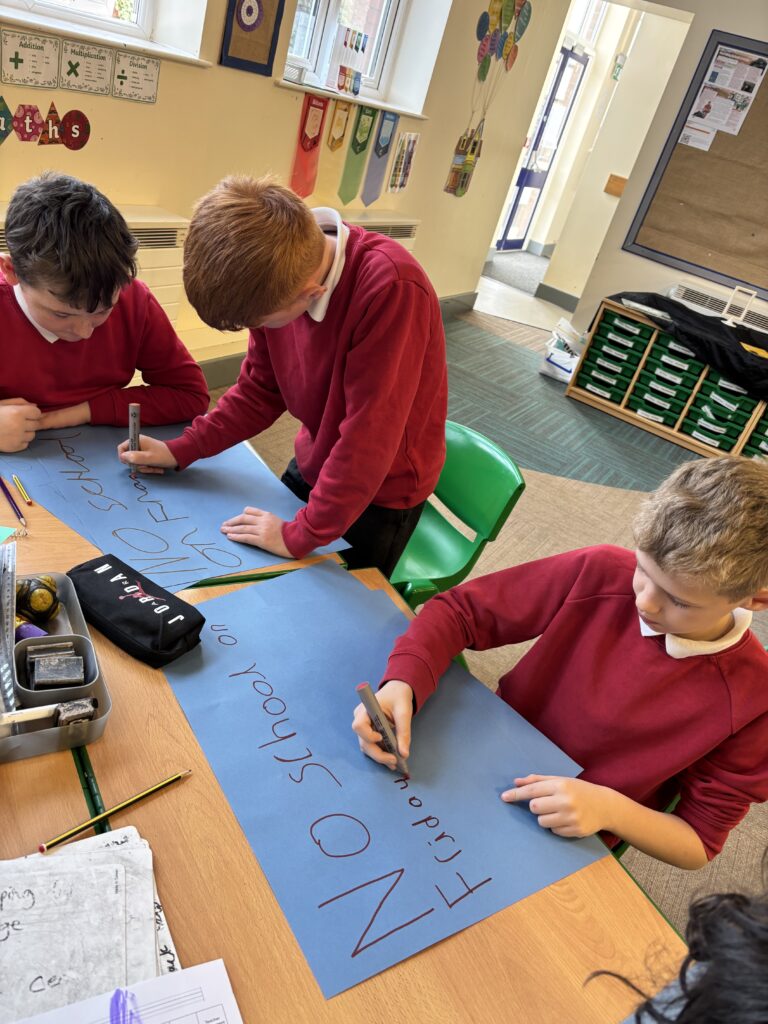
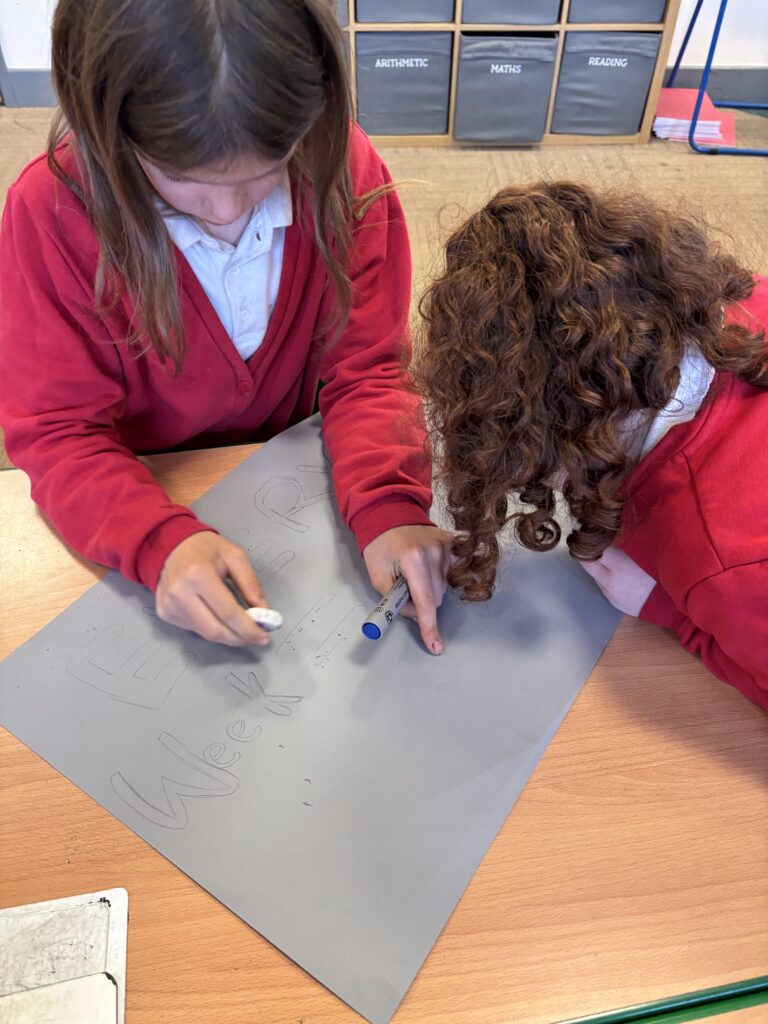
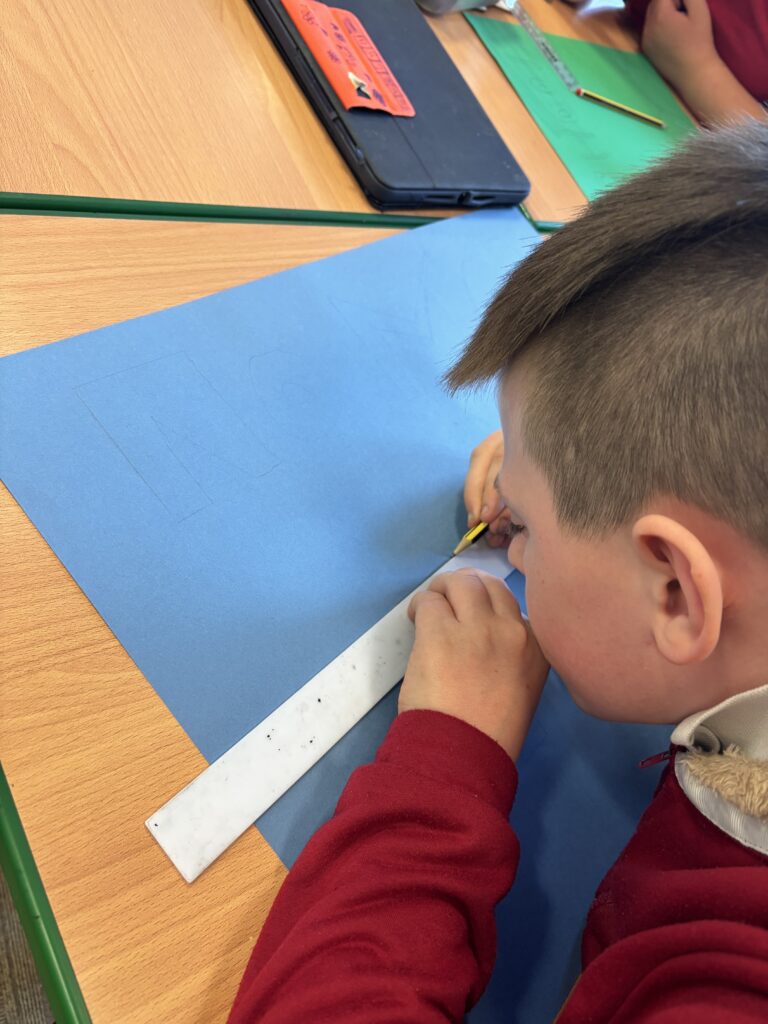
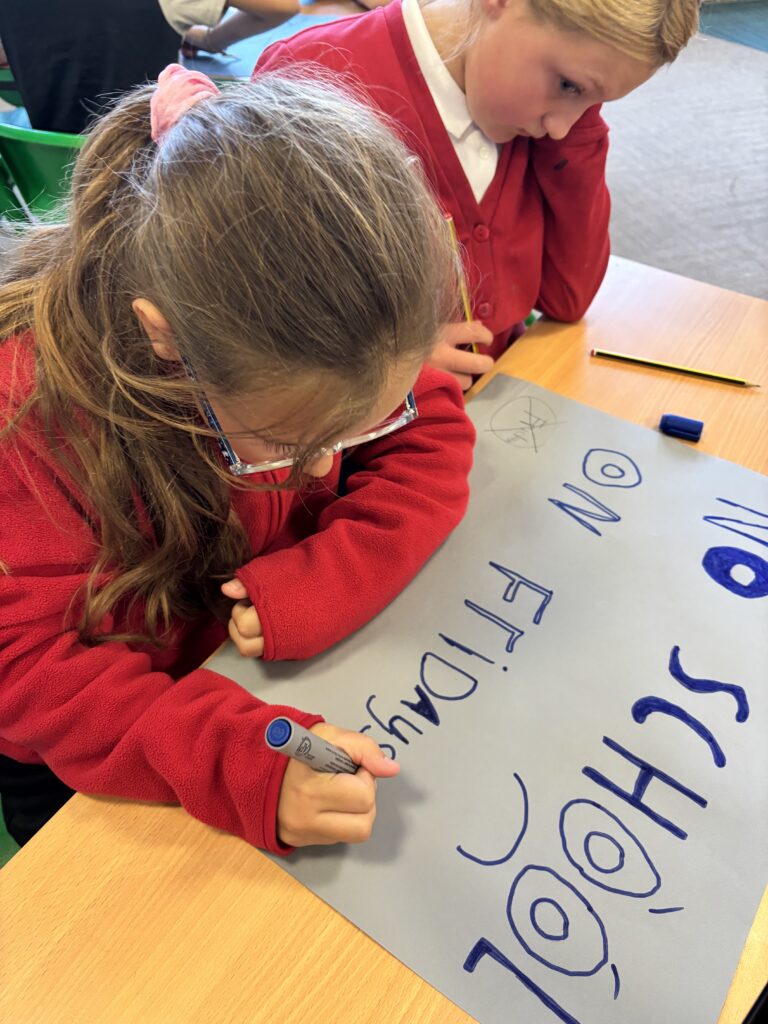
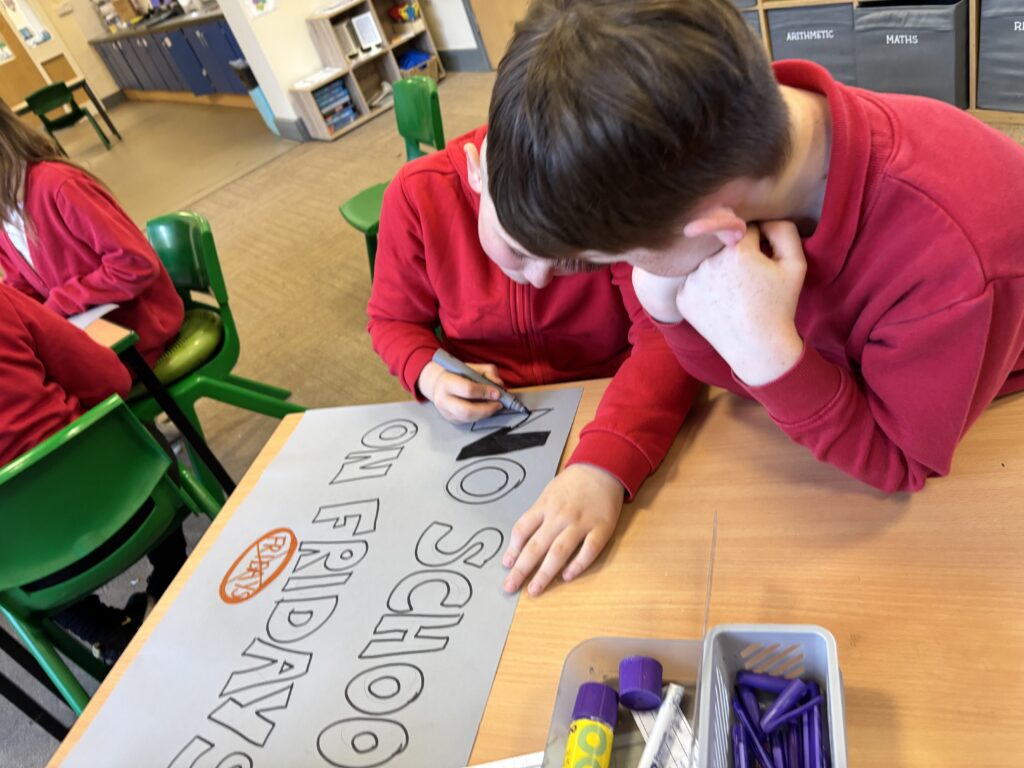
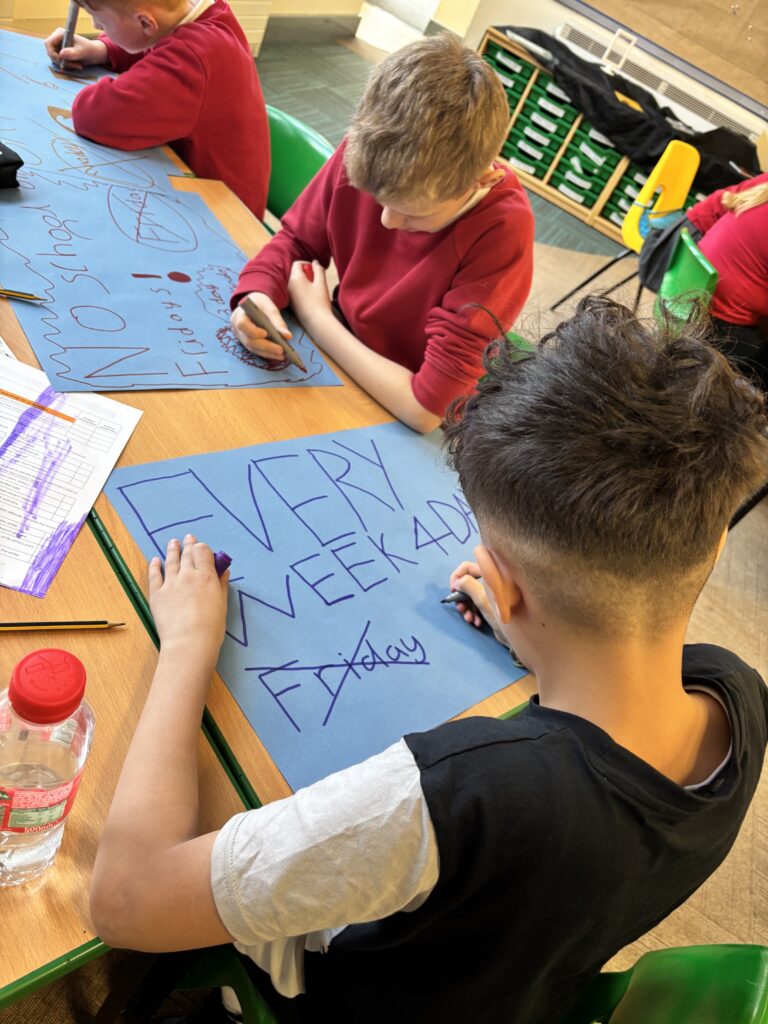
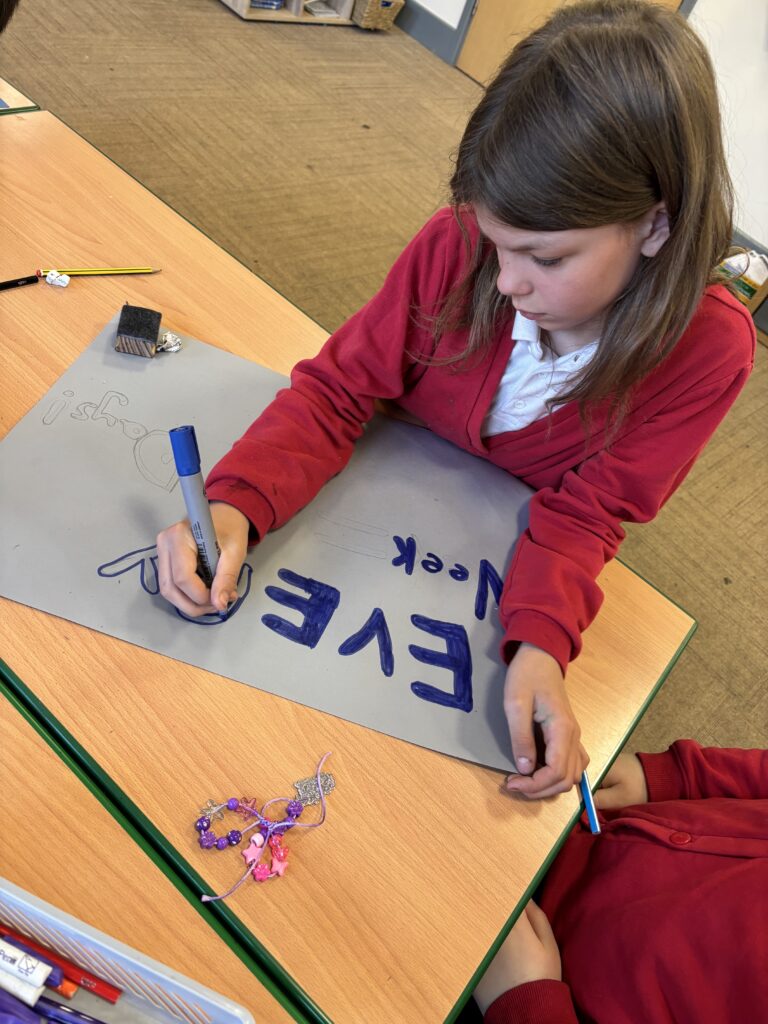
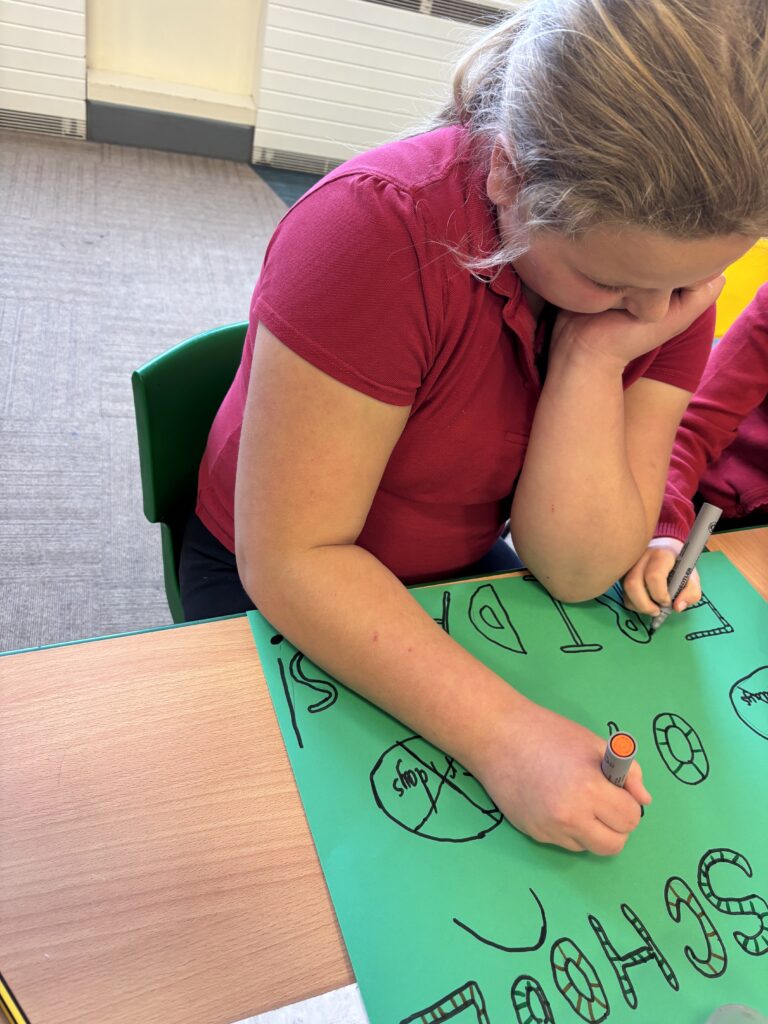
To kick start our new writing unit on poetry, Crew Hamill have looked at lots of different examples of poetry, including a video of poet Micheal Rosen reciting his famous poem ‘Chocolate Cake’ (this made us all laugh a lot!) and a video of some Roald Dahl poems that have been turned into songs. We then worked in pairs to identify as many different features of poetry as we could, include rhyme, rhythm, line breaks, stanzas and personification.
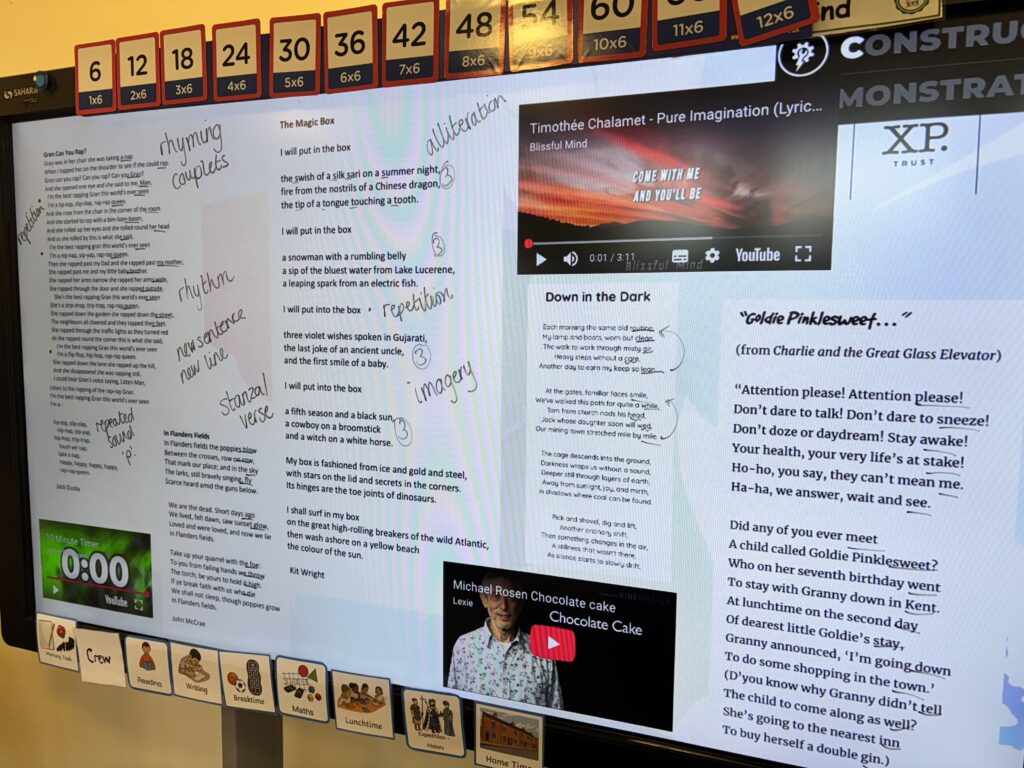
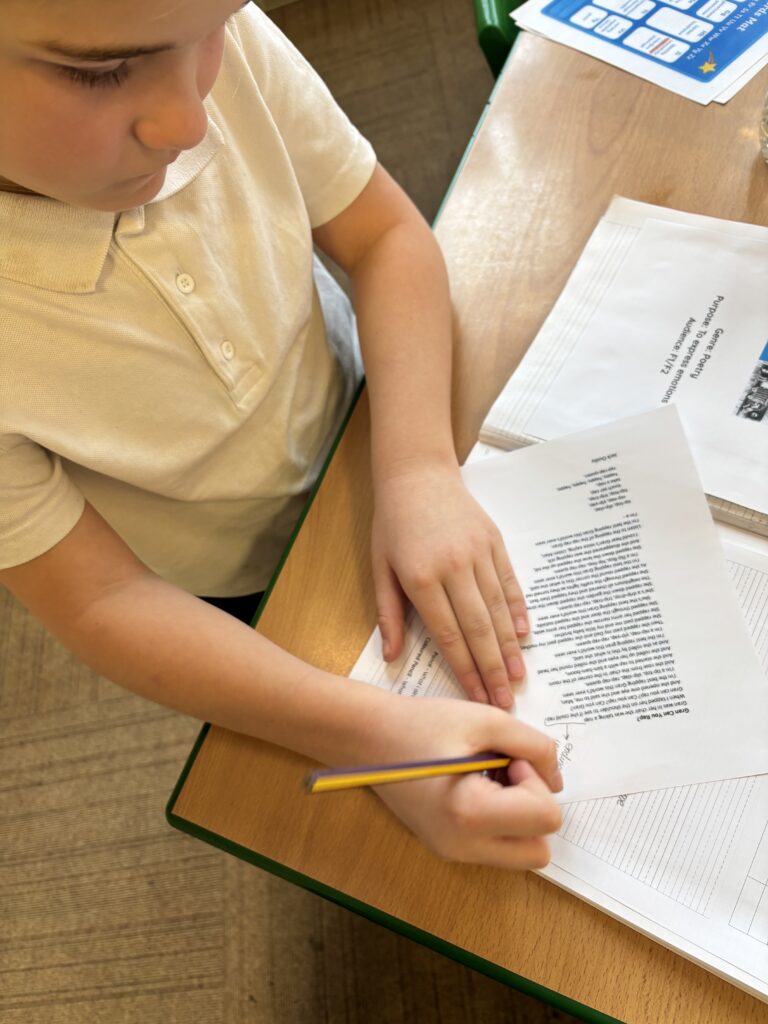
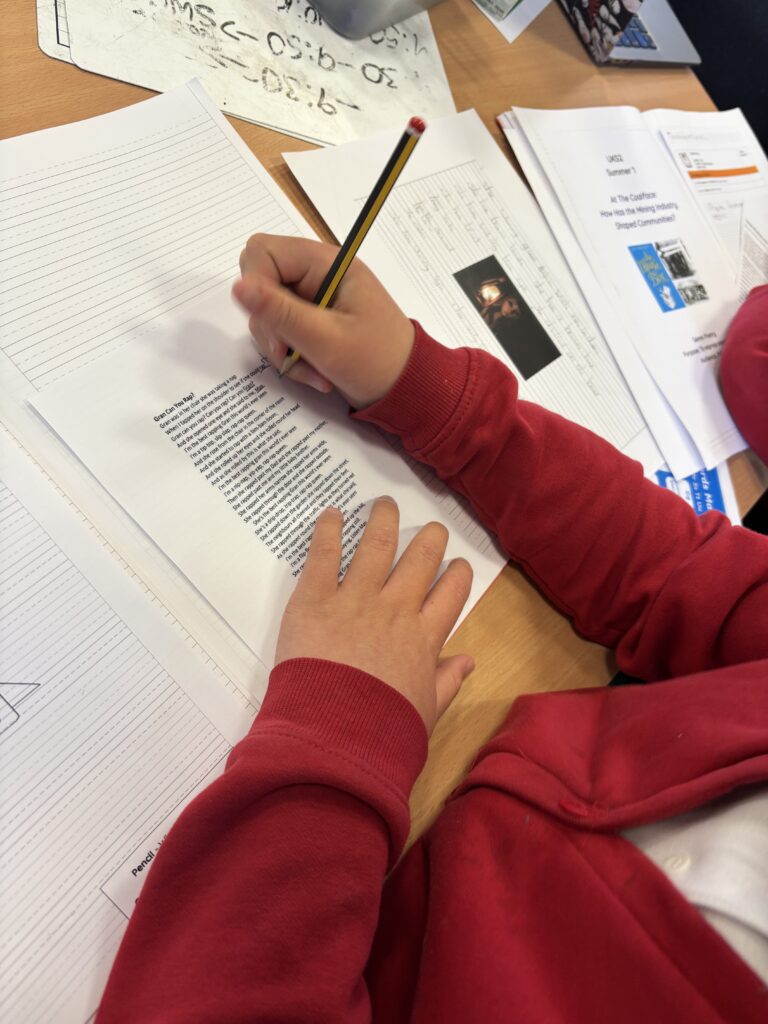
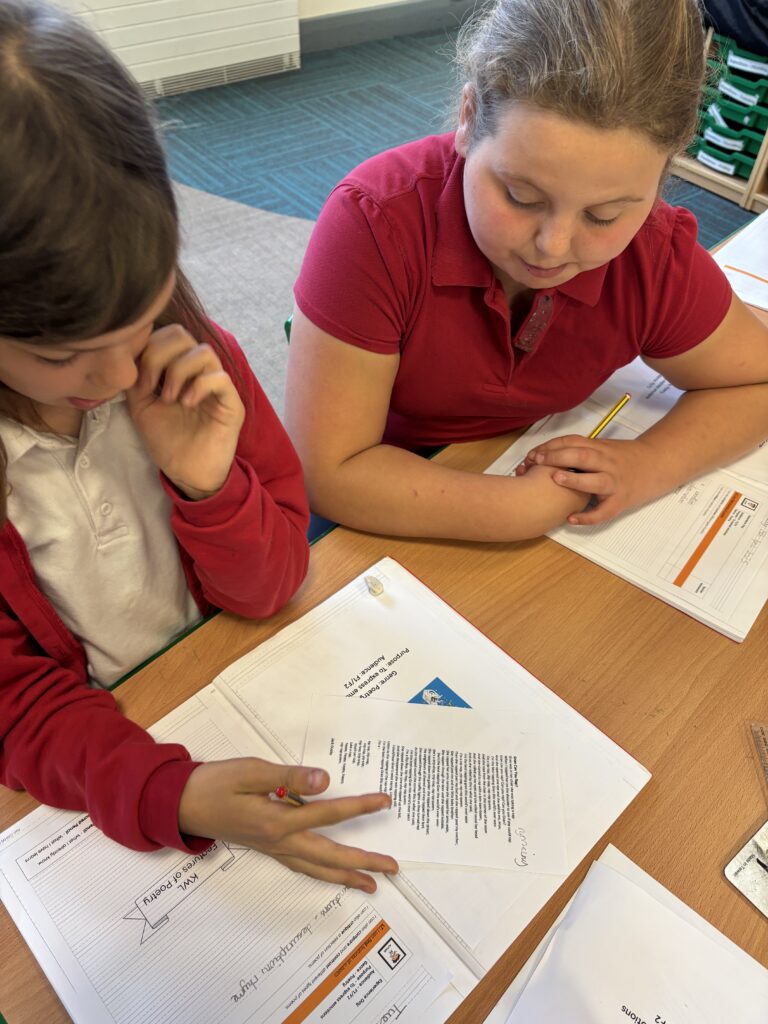
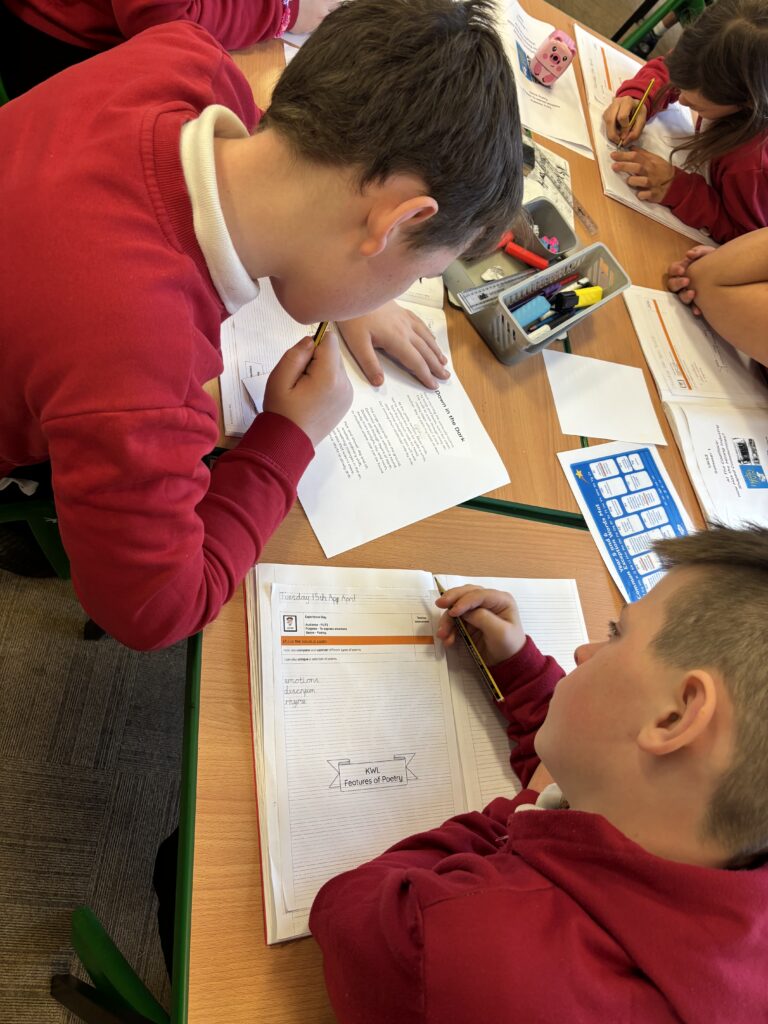
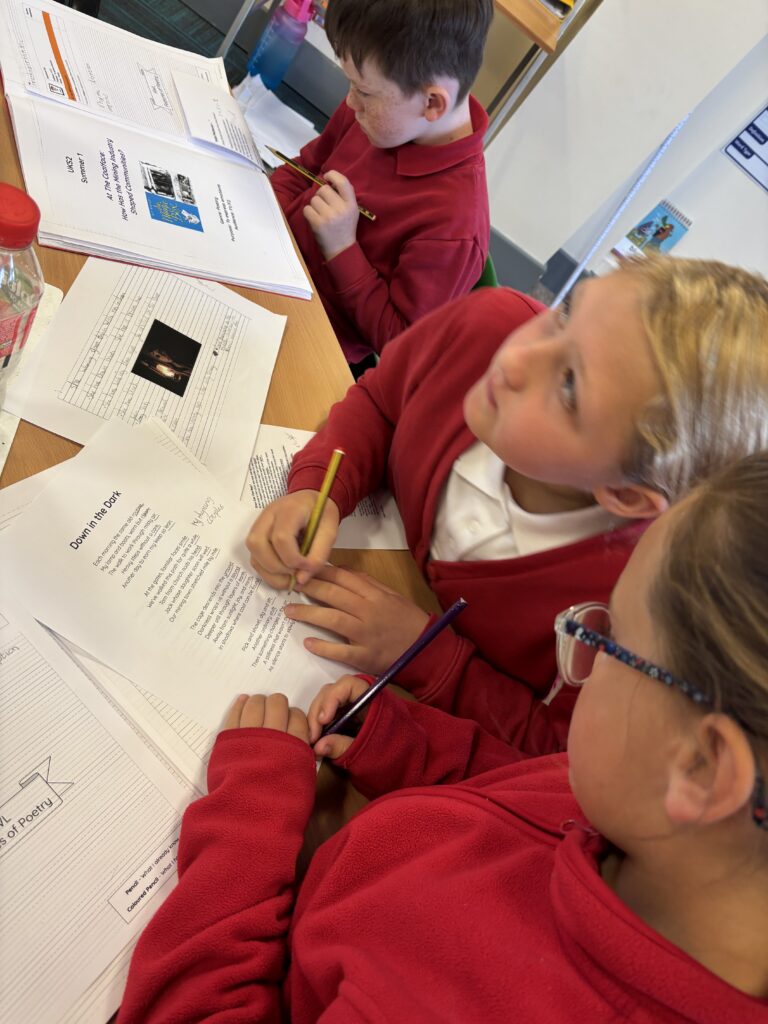
We continued our expeditionary learning by exploring soil and the layer it belongs to. We looked at what makes up soil, the different layers of soil, how it is formed and why it is important. We then tested our knowledge in a matching activity where we worked collaboratively in mini crews. Again our exit ticket allowed us to showcase our knowledge. We wrote a paragraph to describe the layers of soil thinking about what they are made up of and important facts that others should know about each layer. Some great work in Crew MT.
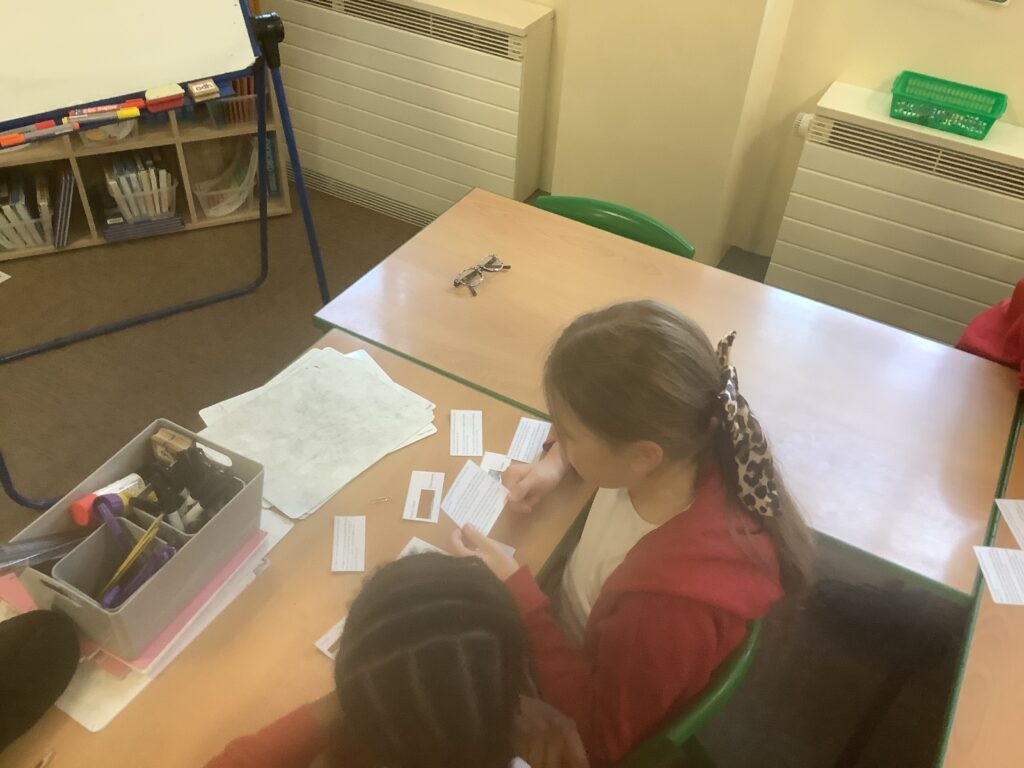
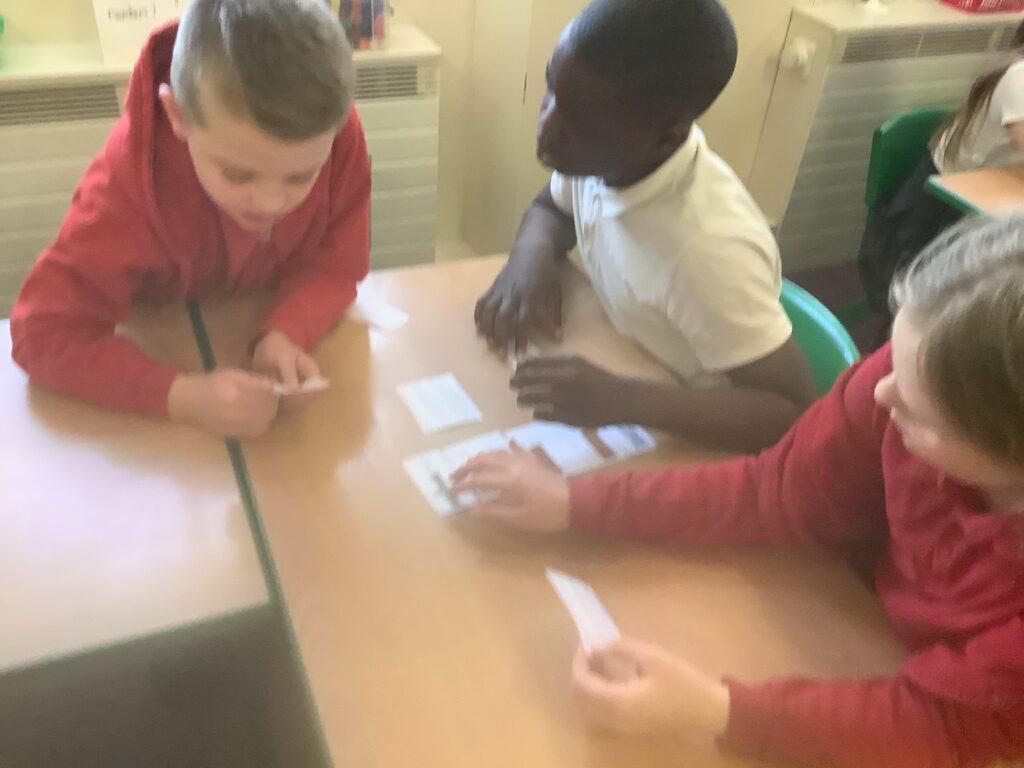
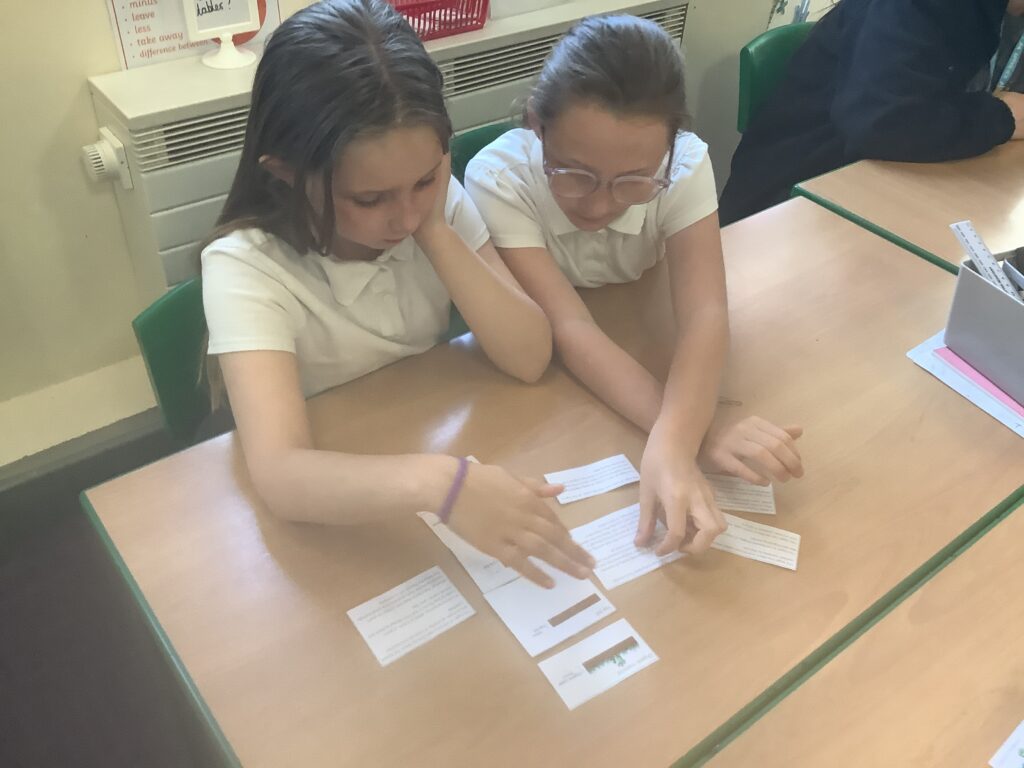
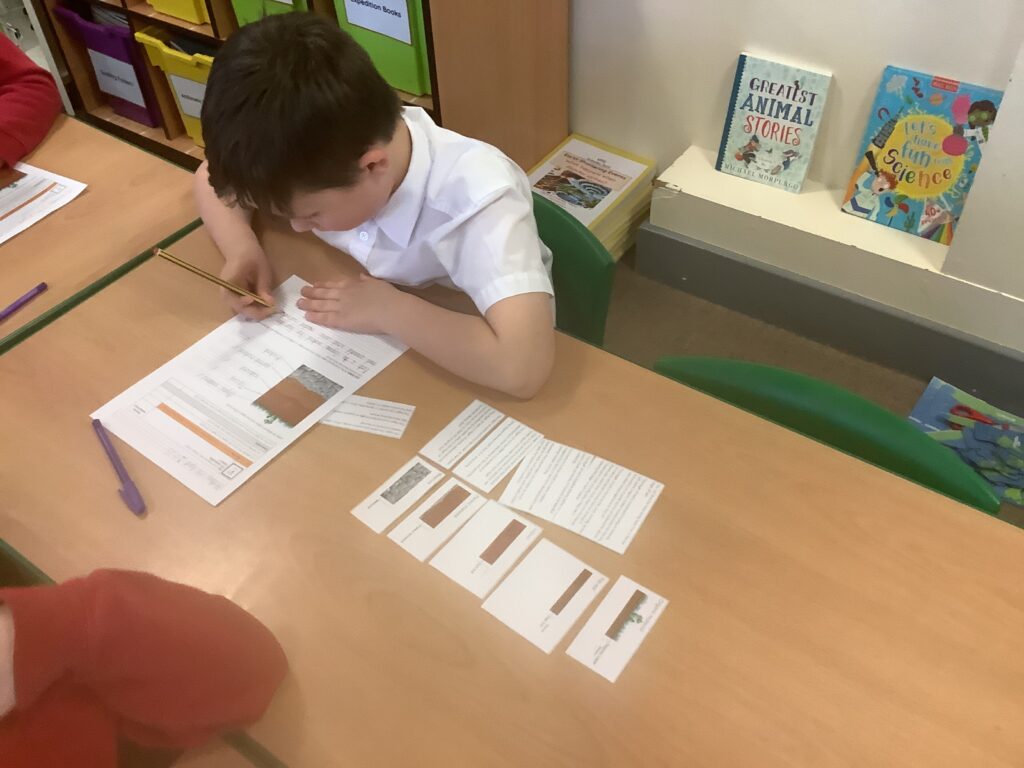
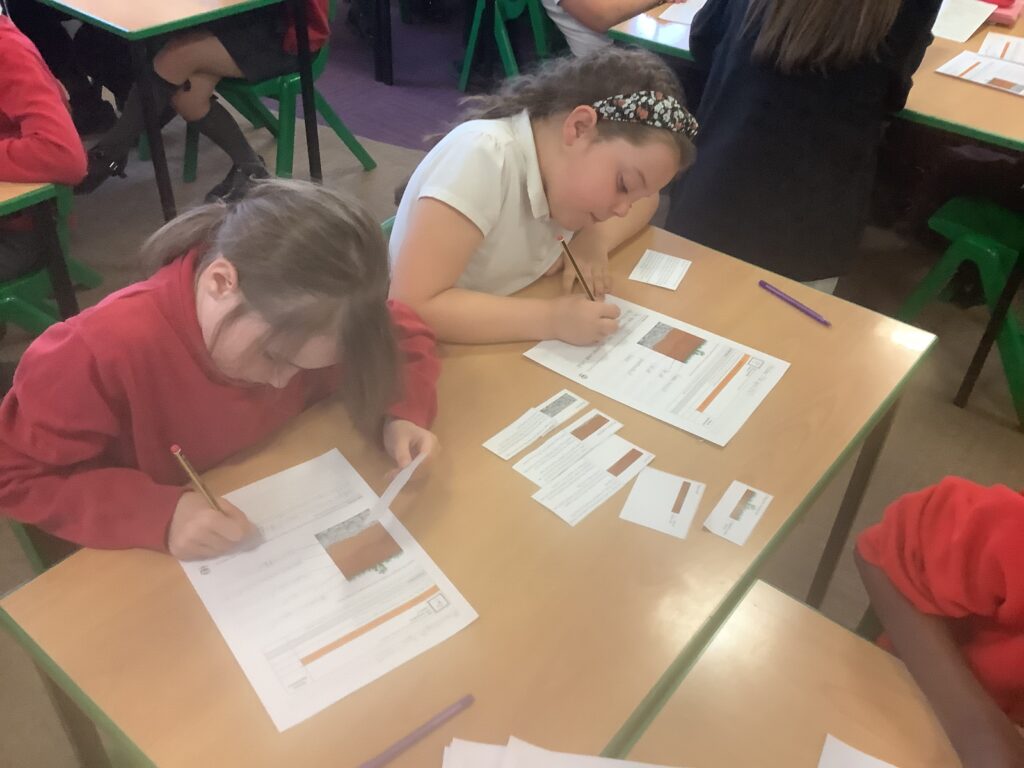
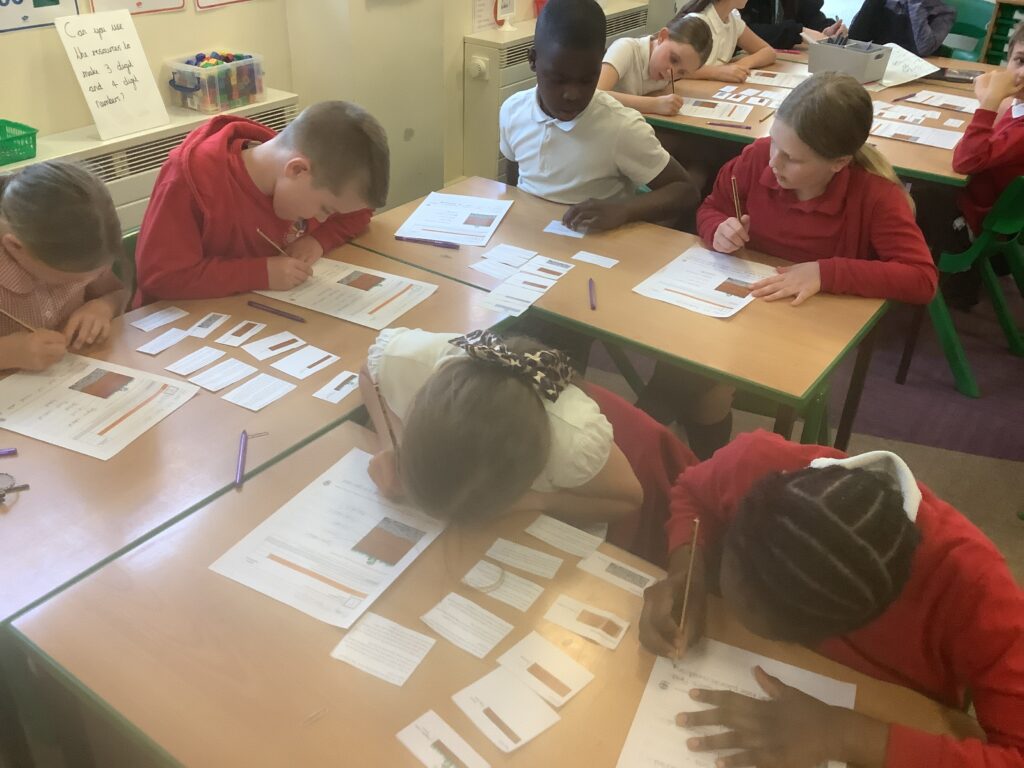
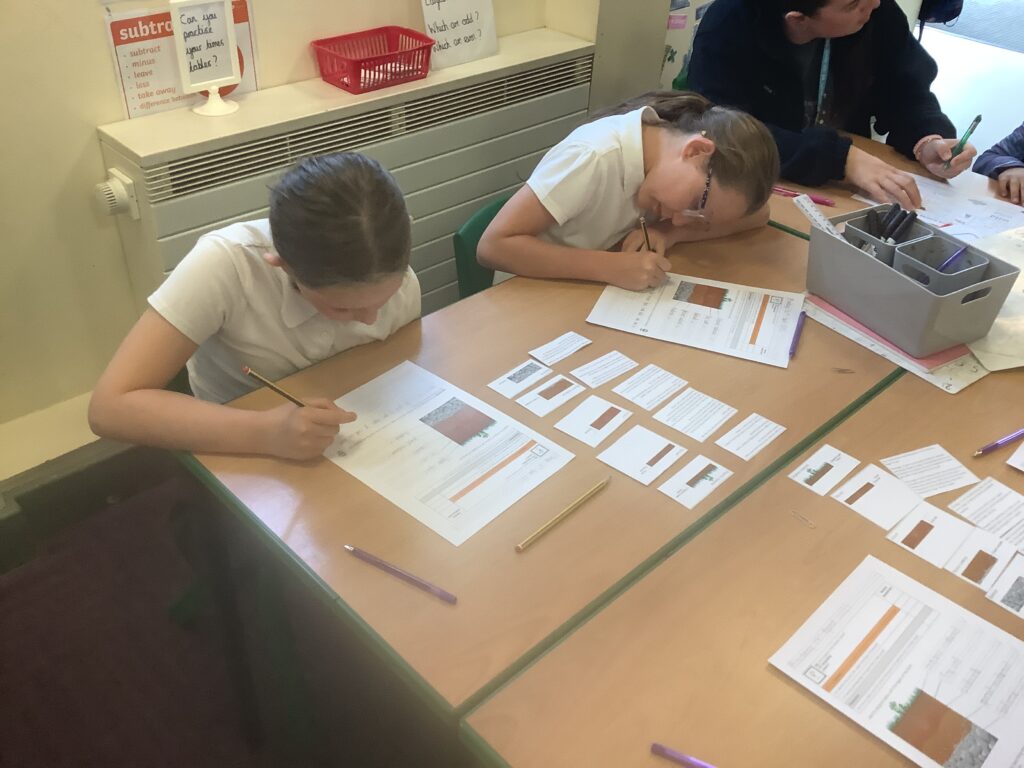
Hook week has began in MT where we have become geographers! Today we have learnt about the composition of the earth and have loved every minute! We explored new vocabulary including the crust, the mantle, the outer core and the inner core. There was lots of great reading opportunities in todays lesson where we explored the different layers. We played fastest finger first which we all enjoyed. We then applied our knowledge to our exit ticket creating a paragraph of writing to explain all of the layers of the earth.
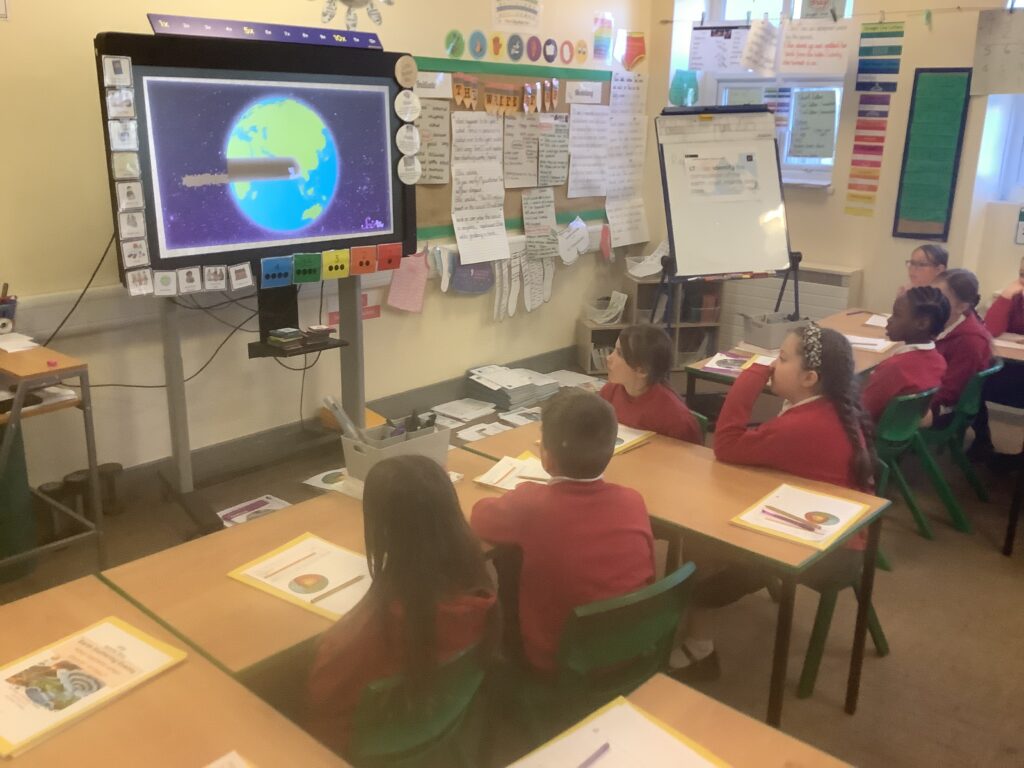
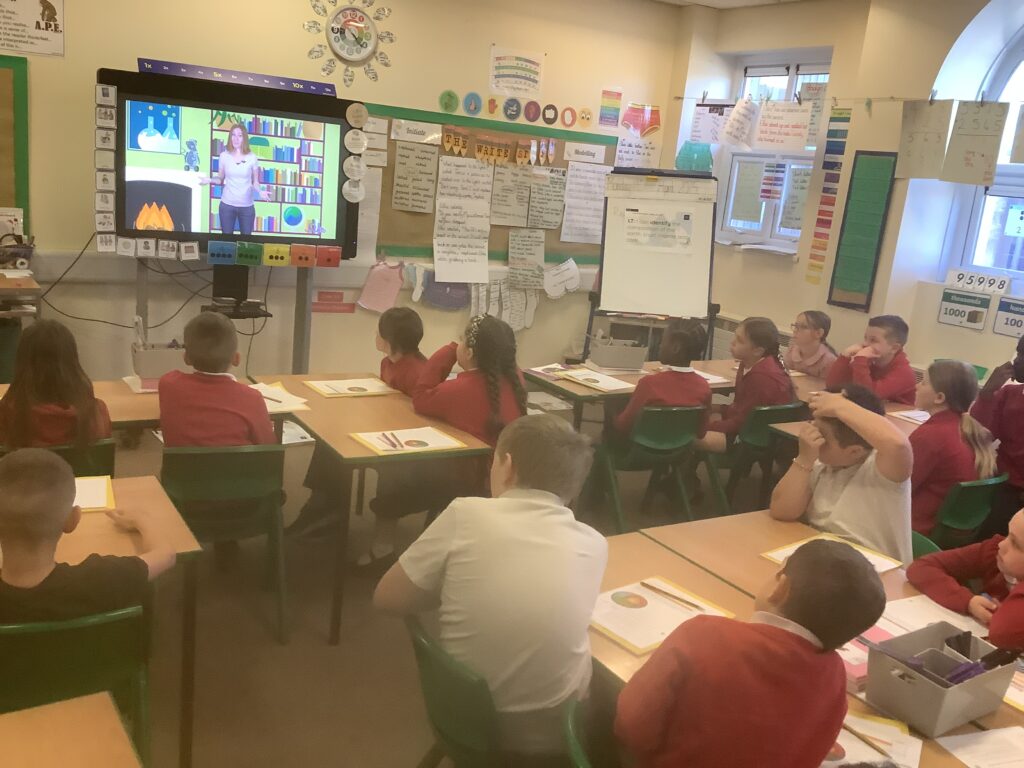
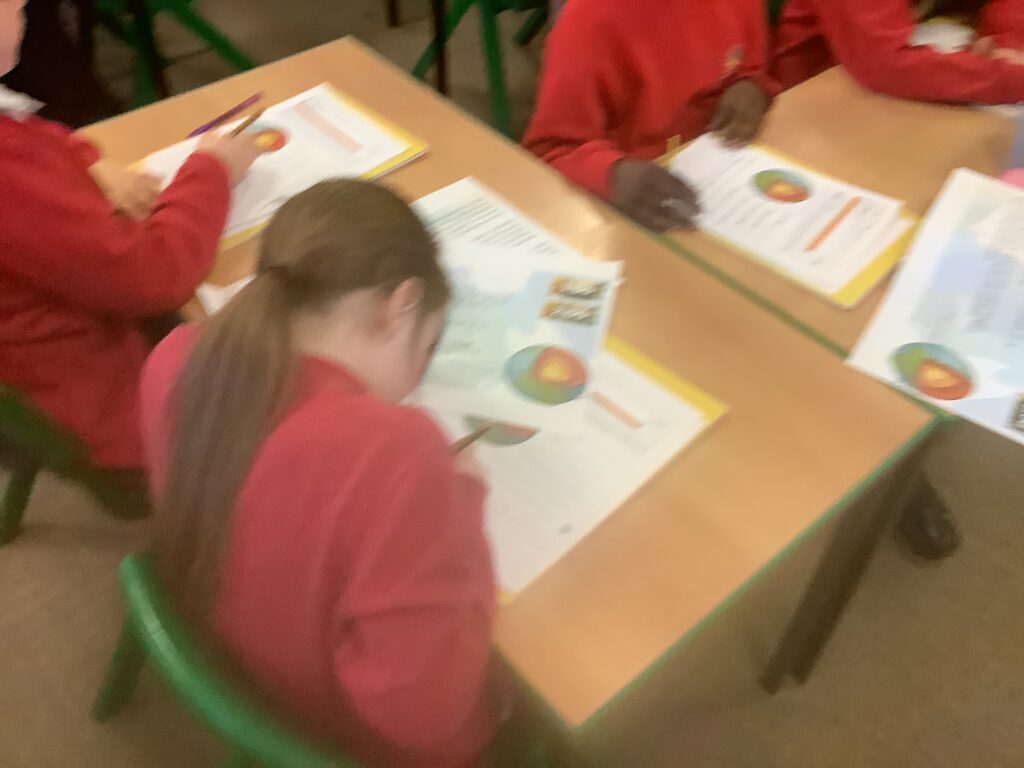
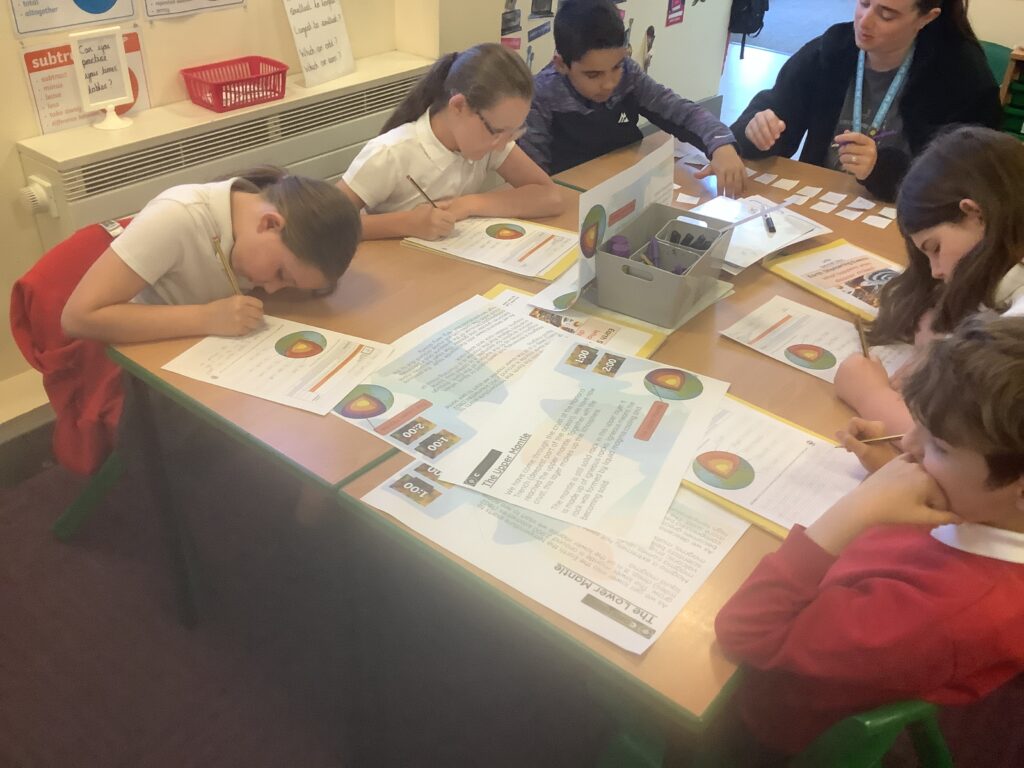
To hook into our new expedition we used our map reading skills to complete a task around the school grounds. At each checkpoint there was a word which together formed a sentence. This sentences was a clue about our new Summer Term expedition.
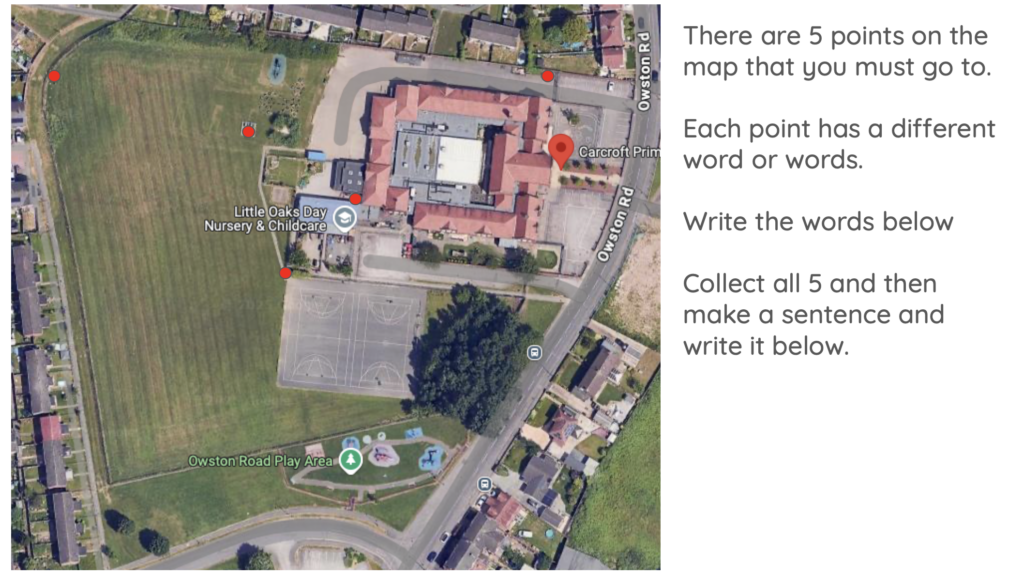
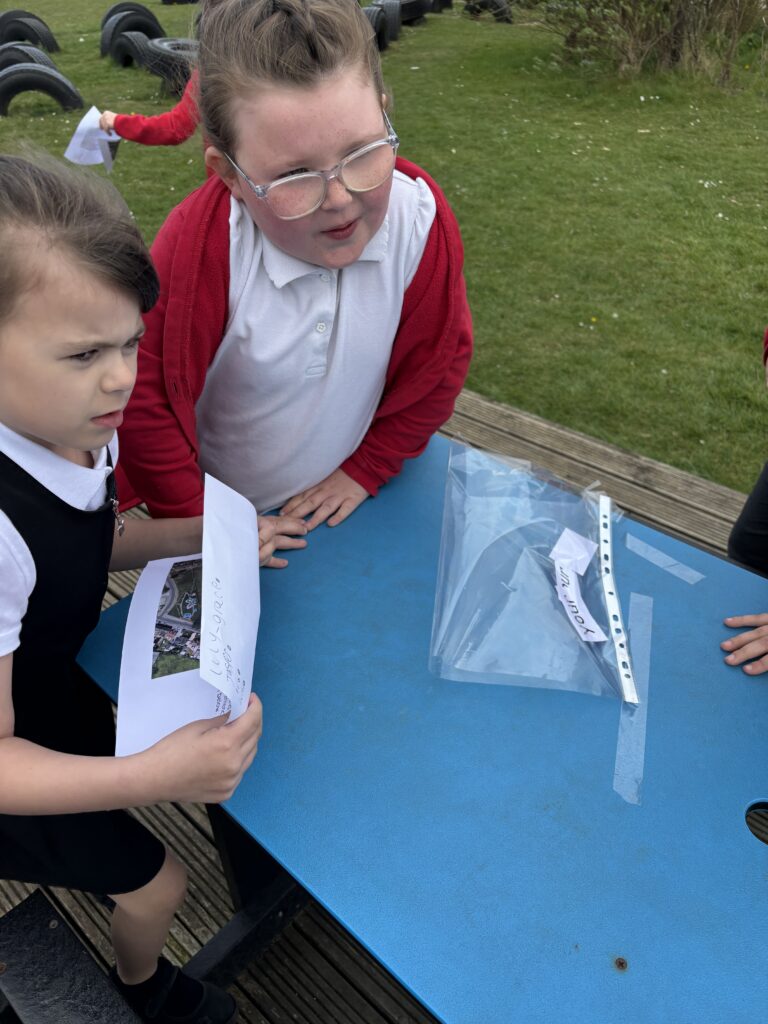
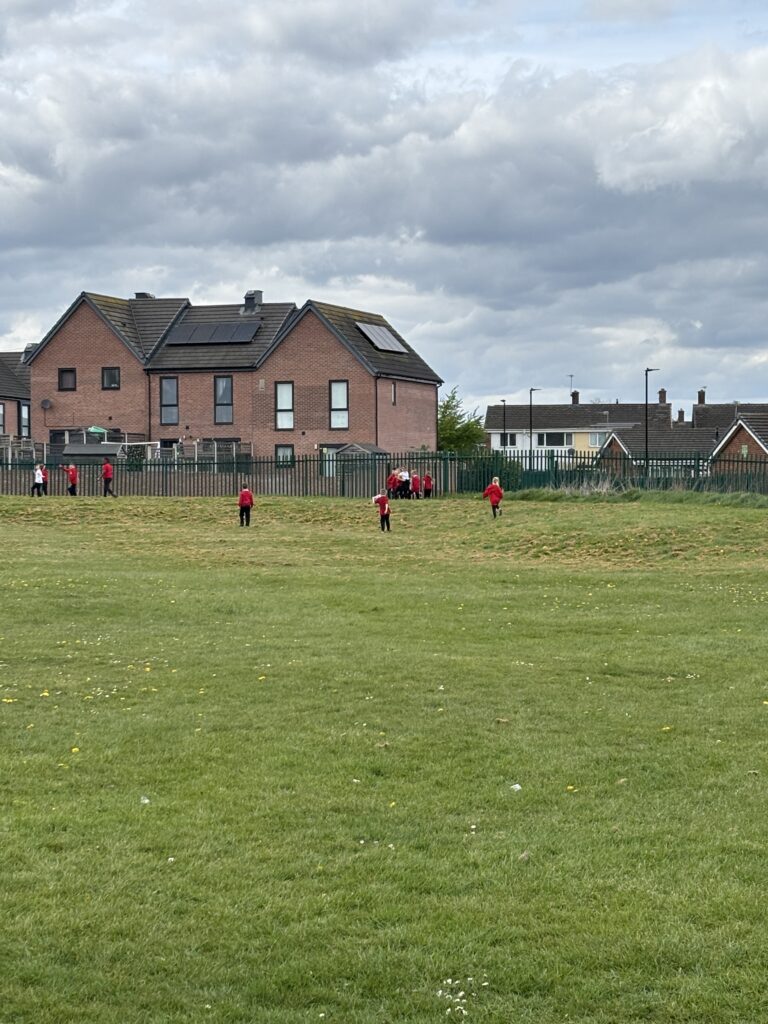
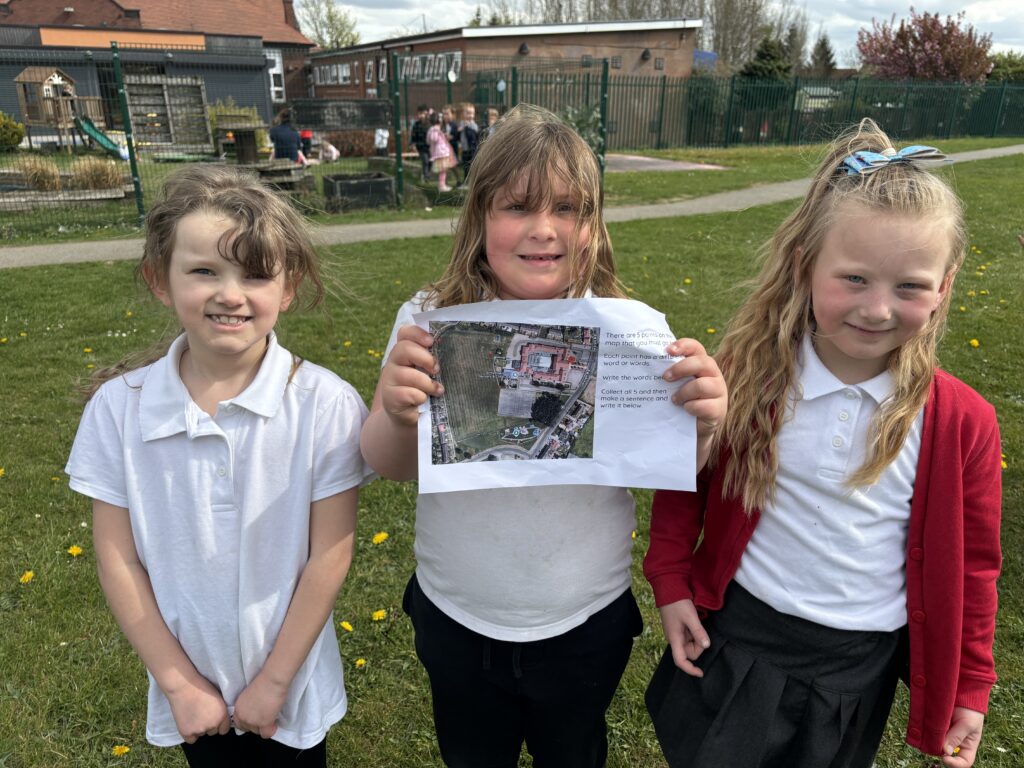
Huge shoutout to Penelope, Aaliyah and Lily-Marie who were the first group to unscramble the sentence. Great work girls!
Crew Hamill spent time today exploring how shadows are formed. Once we’d worked out that shadows are formed by opaque objects blocking a light source, we experimented to see how we could change these shadows. We identified that when an object was closer to the light source, the shadow was larger as more of it was blocked and when the object was further away, the shadow was smaller as there was less of it being blocked.
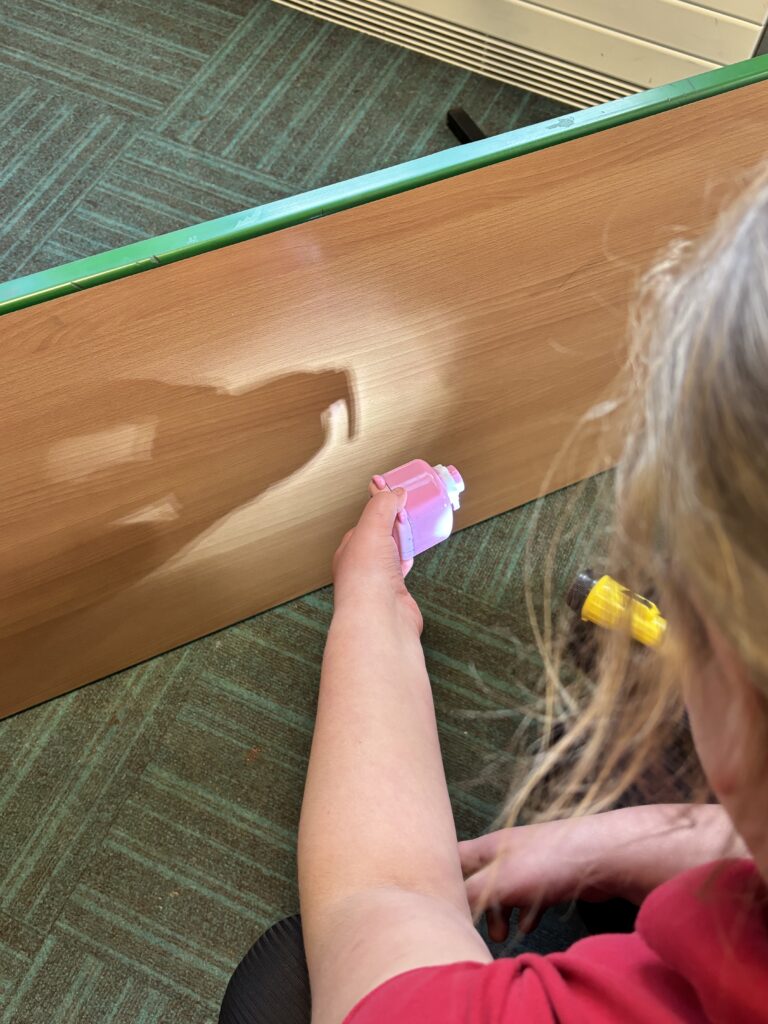
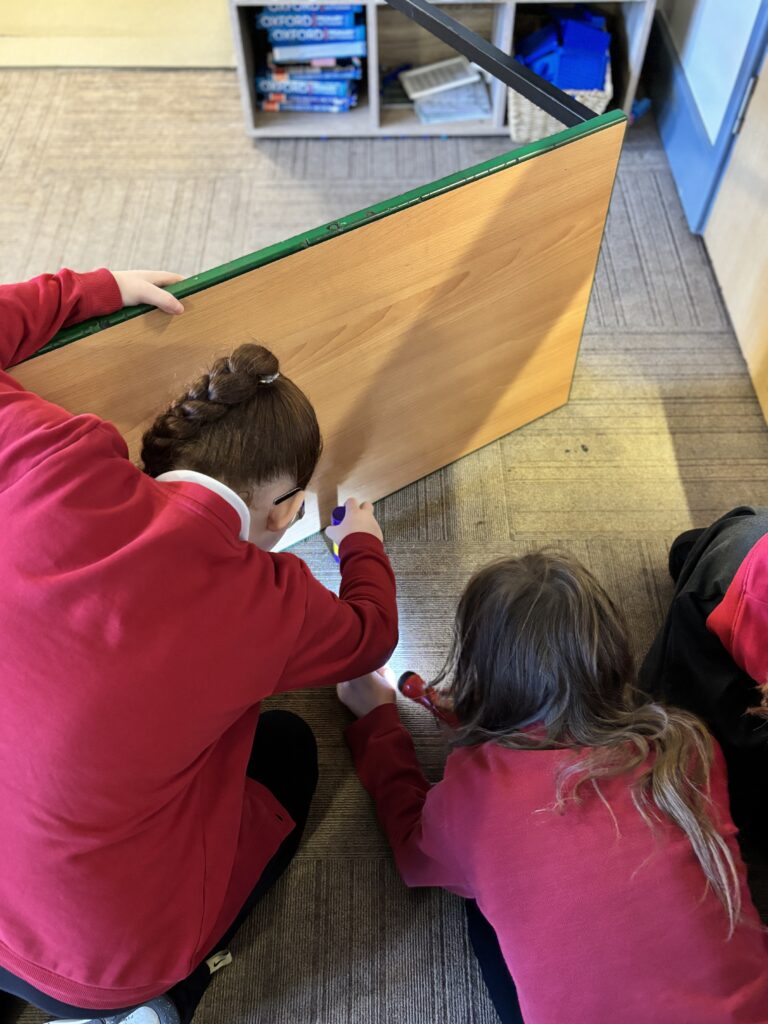
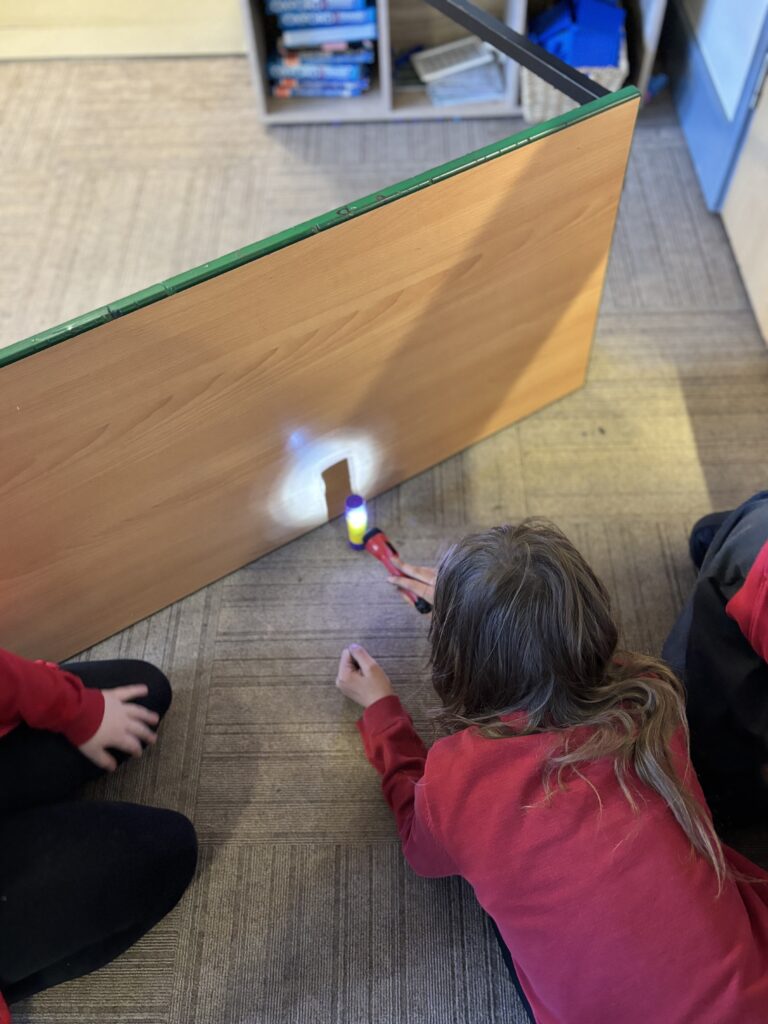
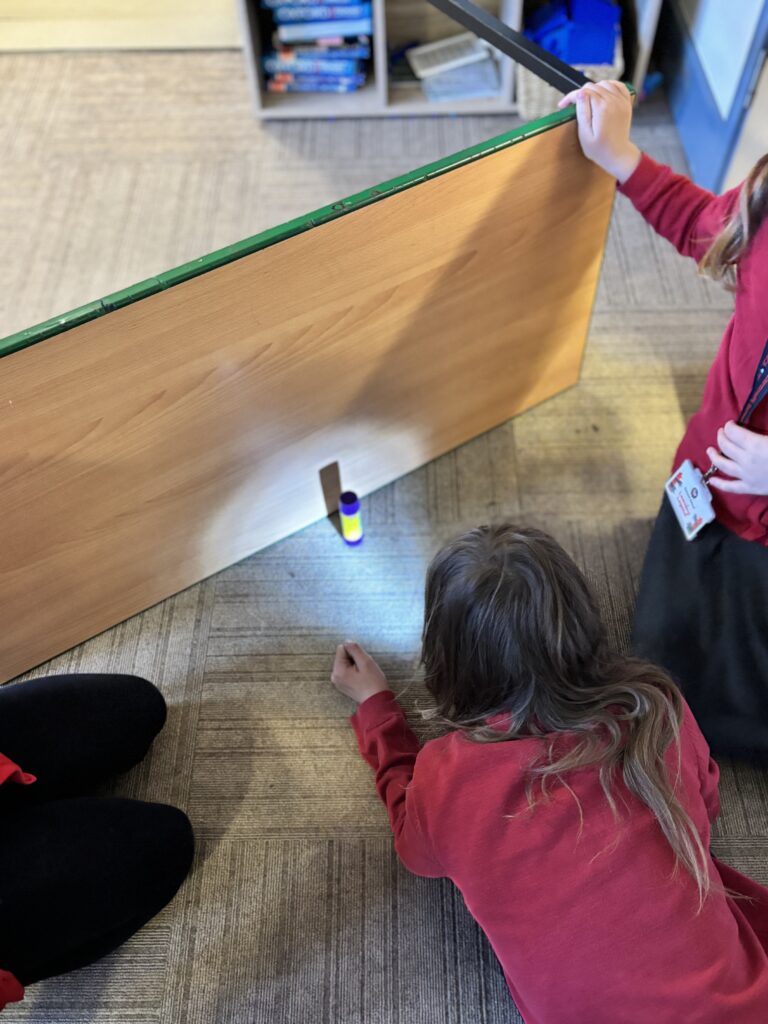
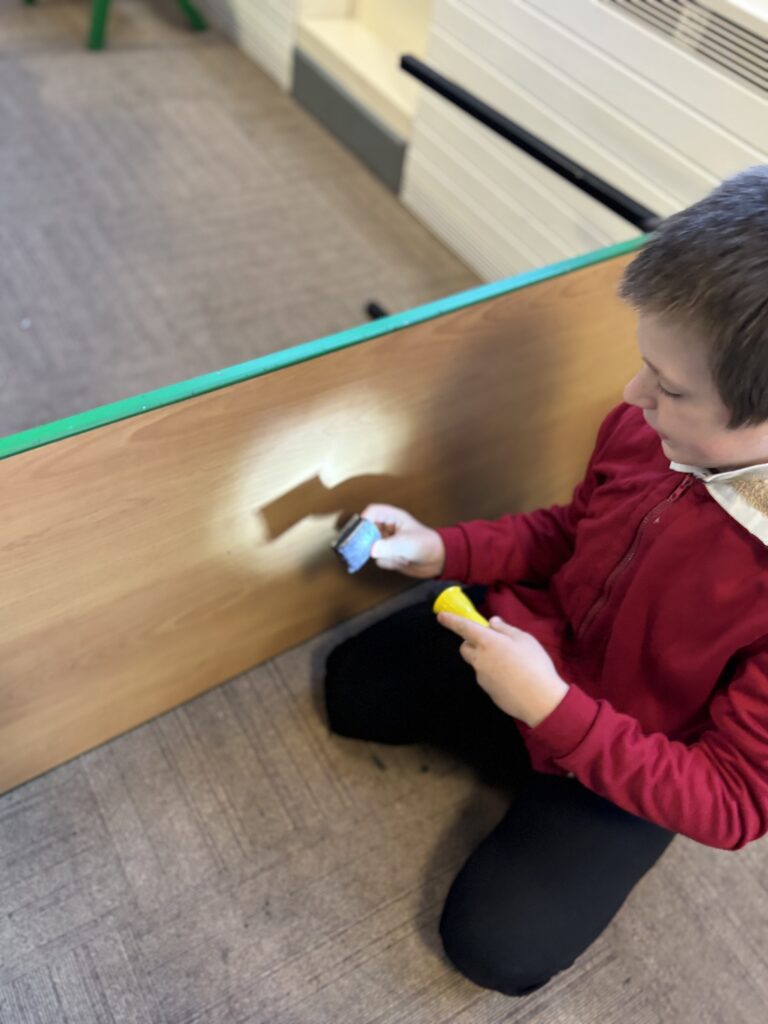
Today, in Crew Wilkinson we conducted a science experiment to explore how the size of a showdown changes based on the distance of an object from a light source. We observed that when the object was closer to the light, the shadow appeared larger, and as the light source moved further away the shadow became smaller.WE LOVE SCIENCE!
